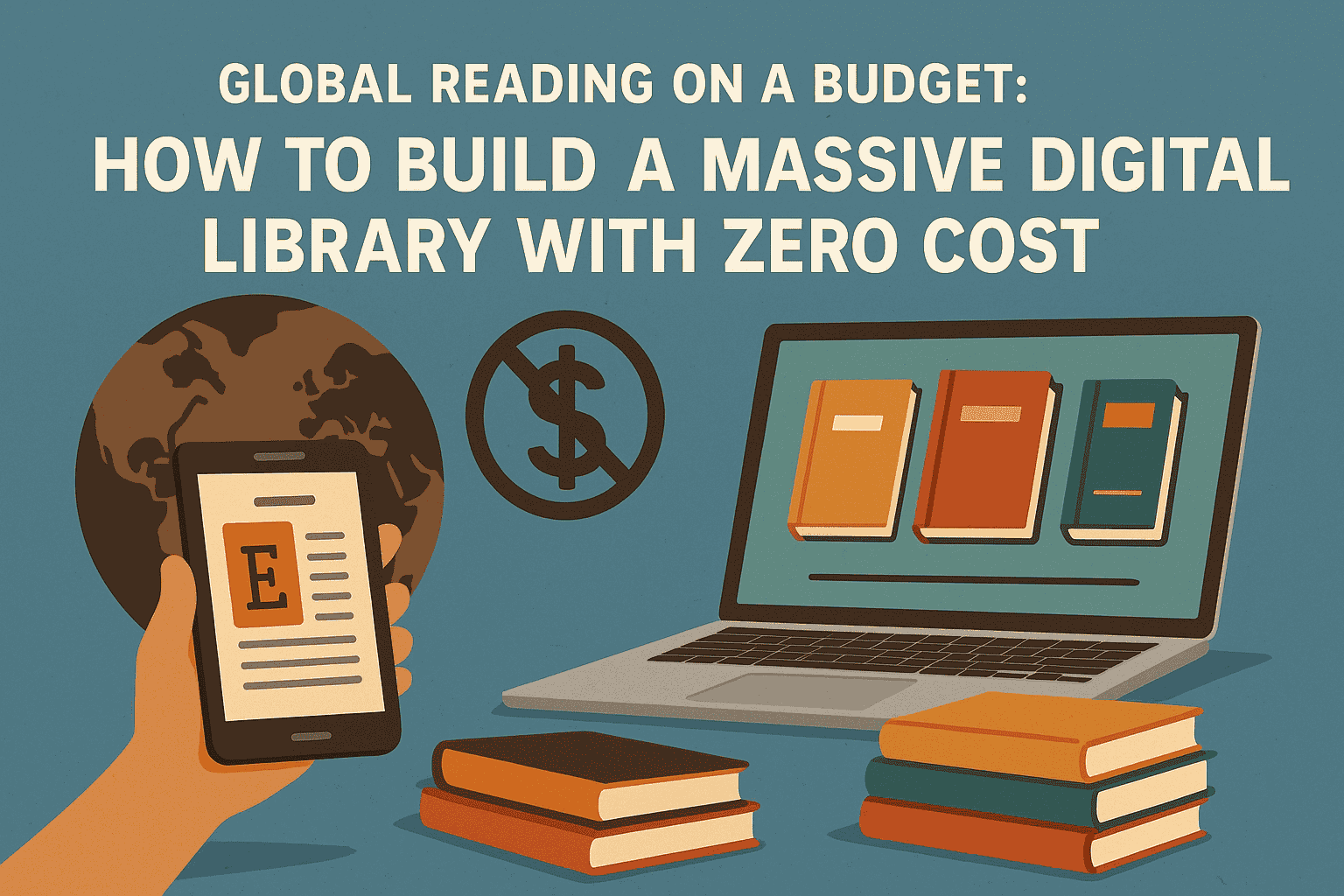The Art of the Deal: Fictional Stories Centered on High-Stakes Negotiations
In fiction, tension fuels narrative—and few elements create more compelling drama than a high-stakes negotiation. Whether it's a power struggle in a boardroom, a life-and-death diplomatic standoff, or a battle over billion-dollar mergers, the art of the deal is a rich thematic vein that writers across genres have mined to great effect.
Negotiation stories offer fertile ground for exploring character psychology, ethical ambiguity, power dynamics, and the mechanics of persuasion. These narratives mirror real-world business and political dealings while also dramatizing the interpersonal finesse required to navigate them. In a world where deals determine destinies, fiction captures the high-wire act with nuance, style, and often, explosive consequences.
This article explores how novels have used negotiation as a core narrative engine—showcasing fictional dealmakers, corporate chess matches, moral crossroads, and psychological brinkmanship.
Dealmakers as Protagonists: Charisma, Calculations, and Control
Some of the most magnetic characters in literature are those who operate not with brute force, but with cunning, eloquence, and strategic charm. These protagonists thrive in negotiation-heavy plots where language is both weapon and shield.
In Jeffrey Archer’s Kane and Abel, business tycoons William Kane and Abel Rosnovski are locked in a decades-long feud built on clashing ambitions. Their rivalry unfolds through a series of calculated business moves and strategic negotiations, culminating in power plays that test their values and humanity. Each deal becomes a battleground, and readers are drawn not just to the outcomes but to the sheer craft behind each verbal maneuver.
Similarly, in The Bonfire of the Vanities by Tom Wolfe, the protagonist Sherman McCoy—a Wall Street bond trader—must navigate legal, financial, and media negotiations to salvage his reputation. The novel captures how corporate and social capital are negotiated, not just accumulated.
Boardroom Battles and Corporate Chess
Some of the most thrilling scenes in business fiction take place in the boardroom. Here, every word is weighted, every silence strategic, and every deal a game of chess played under pressure.
In Barbarians at the Gate by Bryan Burrough and John Helyar, the real-life drama of the RJR Nabisco buyout is narrated with the pacing of a thriller. Though non-fiction, the storytelling style renders each negotiation scene with the intensity of fiction. The same narrative spirit lives in fictional corporate thrillers like Joseph Finder’s Paranoia or Stephen Frey’s The Insider, where high-level negotiations blur the line between legal deals and backroom betrayals.
Fictional boardroom deals often pit visionaries against bureaucrats, sharks against idealists, and greed against governance. The tension lies not just in the money at stake but in the revelation of character: who folds, who bluffs, and who walks away richer—in cash or conscience.
Diplomacy and Deception: Negotiations Beyond Business
While many fictional negotiations unfold in commercial contexts, political fiction also leverages the form to explore diplomacy, espionage, and warfare. In Tinker Tailor Soldier Spy by John le Carré, negotiation is embedded in every coded exchange and covert conversation. The novel’s atmosphere is thick with unspoken deals, double-crosses, and alliances negotiated in whispers rather than contracts.
Similarly, in Hilary Mantel’s Wolf Hall, Thomas Cromwell navigates the Tudor court with strategic acumen. His power lies not in military force but in his ability to negotiate marriages, laws, and allegiances. Mantel’s portrayal of Cromwell as a master dealmaker reveals how negotiation shapes history—and how fiction can humanize the process.
Even in fantasy, the art of the deal persists. George R.R. Martin’s A Song of Ice and Fire features scenes where kingdom-altering decisions hinge on verbal negotiations. Deals are made over wine, in war tents, and through subtle threats. Characters like Tyrion Lannister showcase how wit and leverage can be more powerful than swords.
The Psychological Landscape of Negotiation
At its core, negotiation is not about money or power—it’s about people. Fictional stories often reveal the psychological weight of deal-making: the fear of loss, the thrill of control, the burden of conscience. The best authors explore these inner conflicts, showing how personal insecurities and desires affect professional choices.
In The Firm by John Grisham, the young lawyer Mitch McDeere must negotiate not just contracts but his own freedom and morality. His deals with the corrupt firm, the FBI, and ultimately himself create a layered narrative where survival hinges on negotiation.
Likewise, in Lionel Shriver’s The Mandibles: A Family, 2029–2047, negotiations aren’t just about money—they’re about adapting to economic collapse. Characters negotiate familial roles, survival strategies, and moral choices in a world where currency and values are equally unstable.
Deals That Define Character Arcs
In great fiction, negotiations often become turning points in a character’s journey. A successful or failed deal can signify growth, corruption, redemption, or defeat. These moments give readers insight into what truly matters to the characters and how far they’re willing to go to get it.
In Ayn Rand’s Atlas Shrugged, numerous characters engage in ideological and economic negotiations that reflect Rand’s objectivist philosophy. While polarizing, the novel uses these scenes to dramatize clashes of vision—where business negotiations double as philosophical showdowns.
Conversely, in Middlemarch by George Eliot, the deals made are subtler, woven into marriage arrangements, inheritances, and reputational trades. Eliot shows how even mundane negotiations reflect deeper truths about gender, class, and aspiration.
Lessons from Fictional Dealmakers
What can readers learn from these high-stakes fictional negotiations?
-
Preparation is power: In every successful negotiation scene, characters come armed with information and strategy. Fiction shows how research and anticipation define outcomes.
-
Empathy is leverage: Understanding the motives and fears of others is key to persuasion. Many dealmakers in fiction win not by force but by insight.
-
Ethics matter: Fiction often explores the cost of ruthless negotiation. Characters who win deals but lose their integrity become cautionary tales.
-
Language is a tool: The art of framing, word choice, and tone is magnified in literature, revealing how communication skills can shift outcomes.
-
Sometimes, walking away is winning: Fiction teaches that not every deal is worth the price. Characters who learn when to exit often grow in the process.
Conclusion: The Narrative Power of the Negotiation Table
In the world of fiction, deals are more than just exchanges of value—they’re crucibles for character, tension, and revelation. The negotiation table becomes a stage where intellect, emotion, and ambition collide. Whether in boardrooms or backrooms, whether over fortunes or fates, these stories dramatize the universal truth that every agreement carries weight—and consequences.
By exploring negotiation through fictional lenses, readers not only enjoy high-stakes drama but also gain insights into the human aspects of deal-making. In these pages, negotiation isn’t just business—it’s story.
Would you like this tailored for your blog (junkybooks) or need suggestions for featured novels in a follow-up article?







